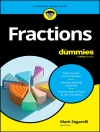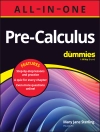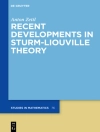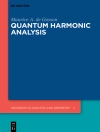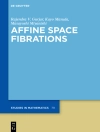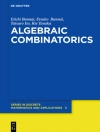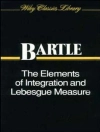This book introduces readers to techniques of geometric optimal control as well as the exposure and applicability of adapted numerical schemes. It is based on two real-world applications, which have been the subject of two current academic research programs and motivated by industrial use – the design of micro-swimmers and the contrast problem in medical resonance imaging. The recently developed numerical software has been applied to the cases studies presented here. The book is intended for use at the graduate and Ph.D. level to introduce students from applied mathematics and control engineering to geometric and computational techniques in optimal control.
Innehållsförteckning
1 Historical part – Calculus of variations.- 2 Weak Maximum Principle and Application to Swimming at low Reynolds Number.- 3 Maximum Principle and Application to NMR and MRI.- 4 Conclusion.
Om författaren
Dr. Bernard Bonnard received his Ph.D in Mathematics from Metz University (France) in 1978 and his Thèse d’Etat degree from Grenoble, France in 1983. He is currently a Professor of Mathematics at the Engineering school Esirem in Dijon, France and member of the INRIA team Mc Tao, Sophia Antipolis. His main research interest is the development of computational techniques in optimal control with applications in space and quantum mechanics.
Dr. Monique Chyba received her Ph.D. in Mathematics from Geneva University (Geneva, Switzerland) in 1997. She is currently a Professor at the department of Mathematics at the University of Hawaii-Manoa, USA. Her main research interest is the development of geometric methods to solve optimal control problems with her central objective being to understand the role of singular extremals in optimal strategies for nonlinear control systems. Her latest work deals with biological applications such as efficient swimming at low Reynolds number and morphogenesis.
Dr. Jérémy Rouot received his Ph.D. in Applied Mathematics from Nice Sophia Antipolis University (France) in 2016. He is currently a lecturer and researcher at the EPF Graduate School of Engineering in Troyes, France. His research focuses on geometric and numerical methods to solve optimal control problems arising from orbital transfer in spatial mechanics, swimming problem at low Reynolds number, nuclear magnetic resonance and biomechanical models.


